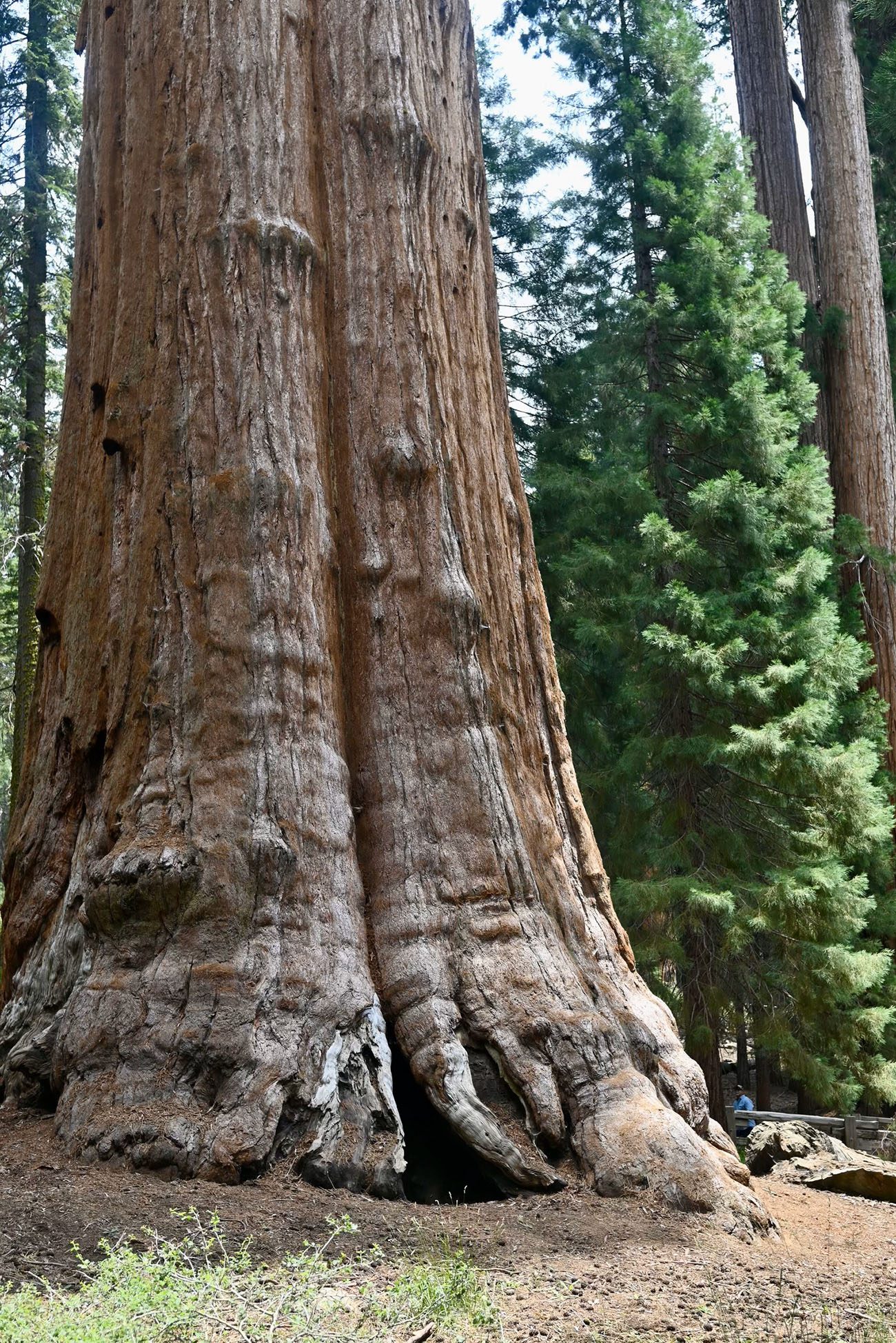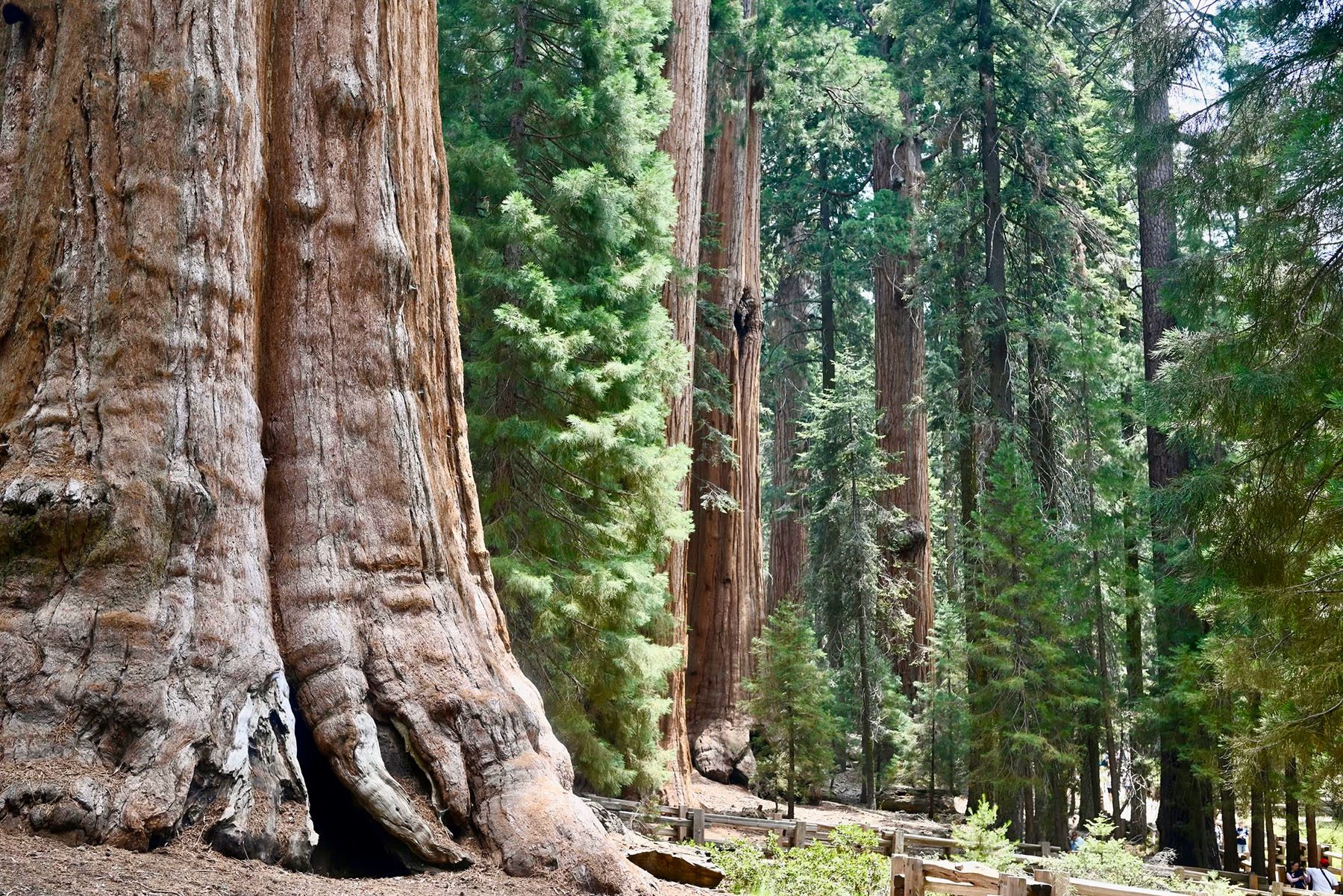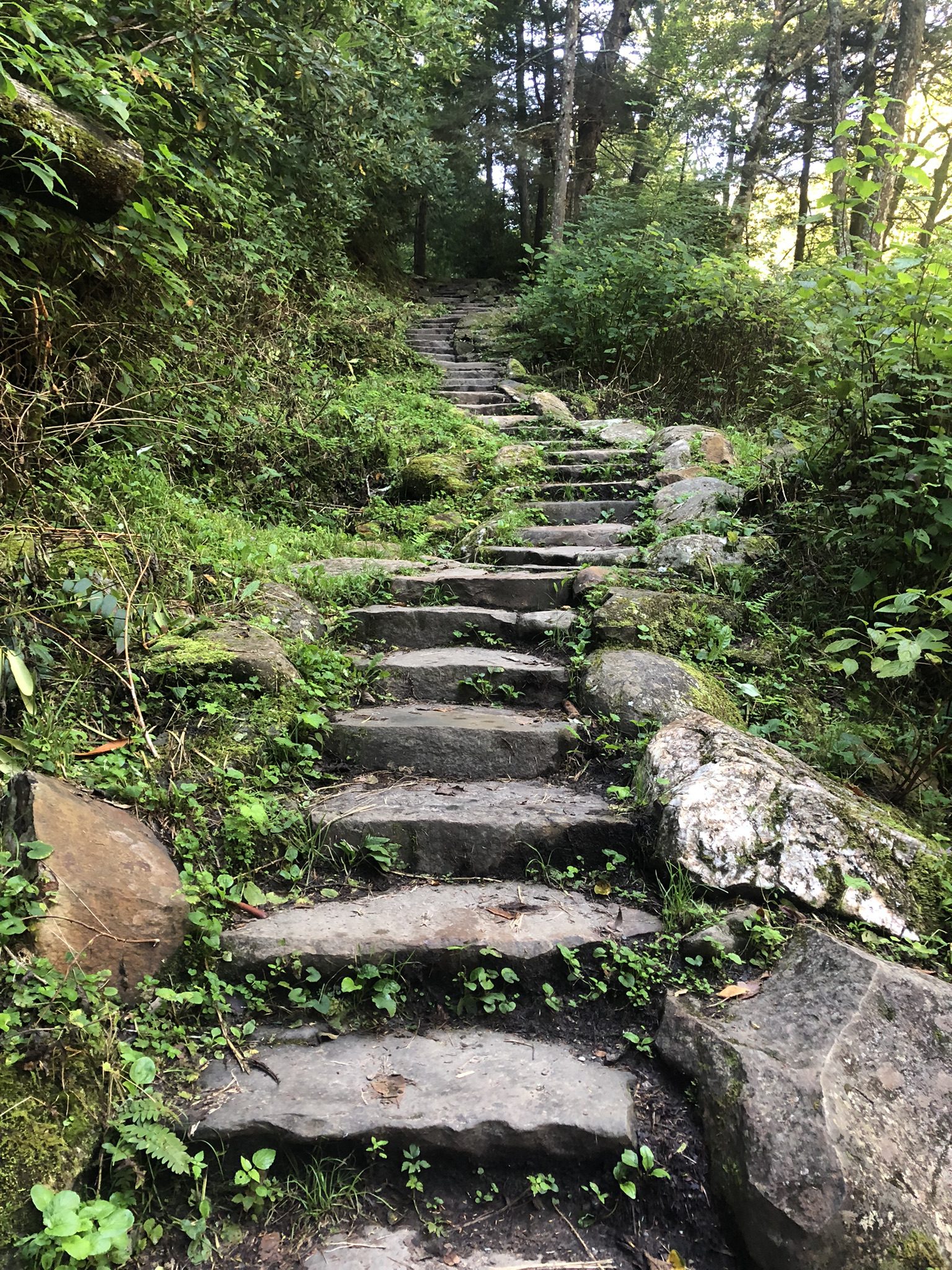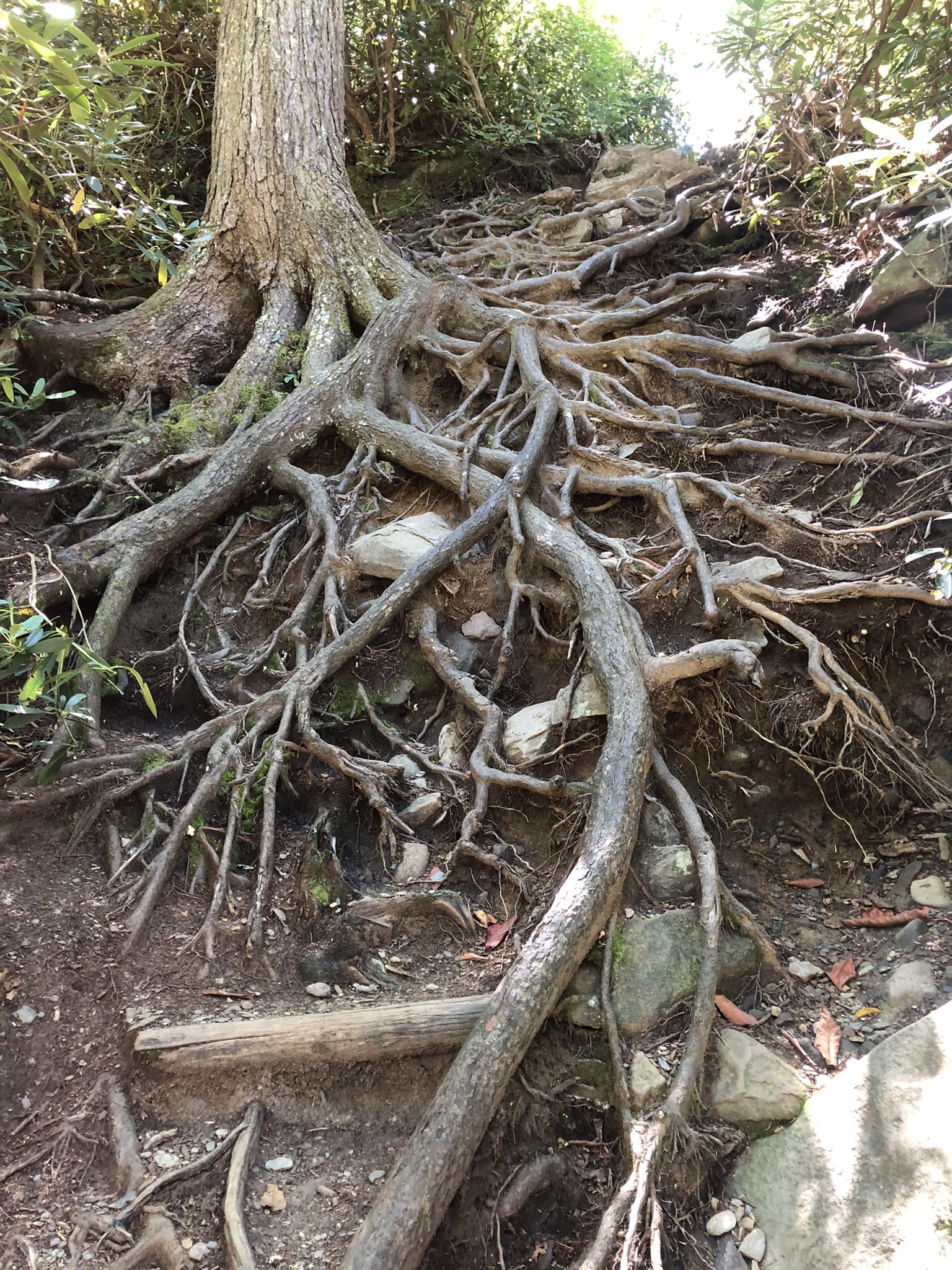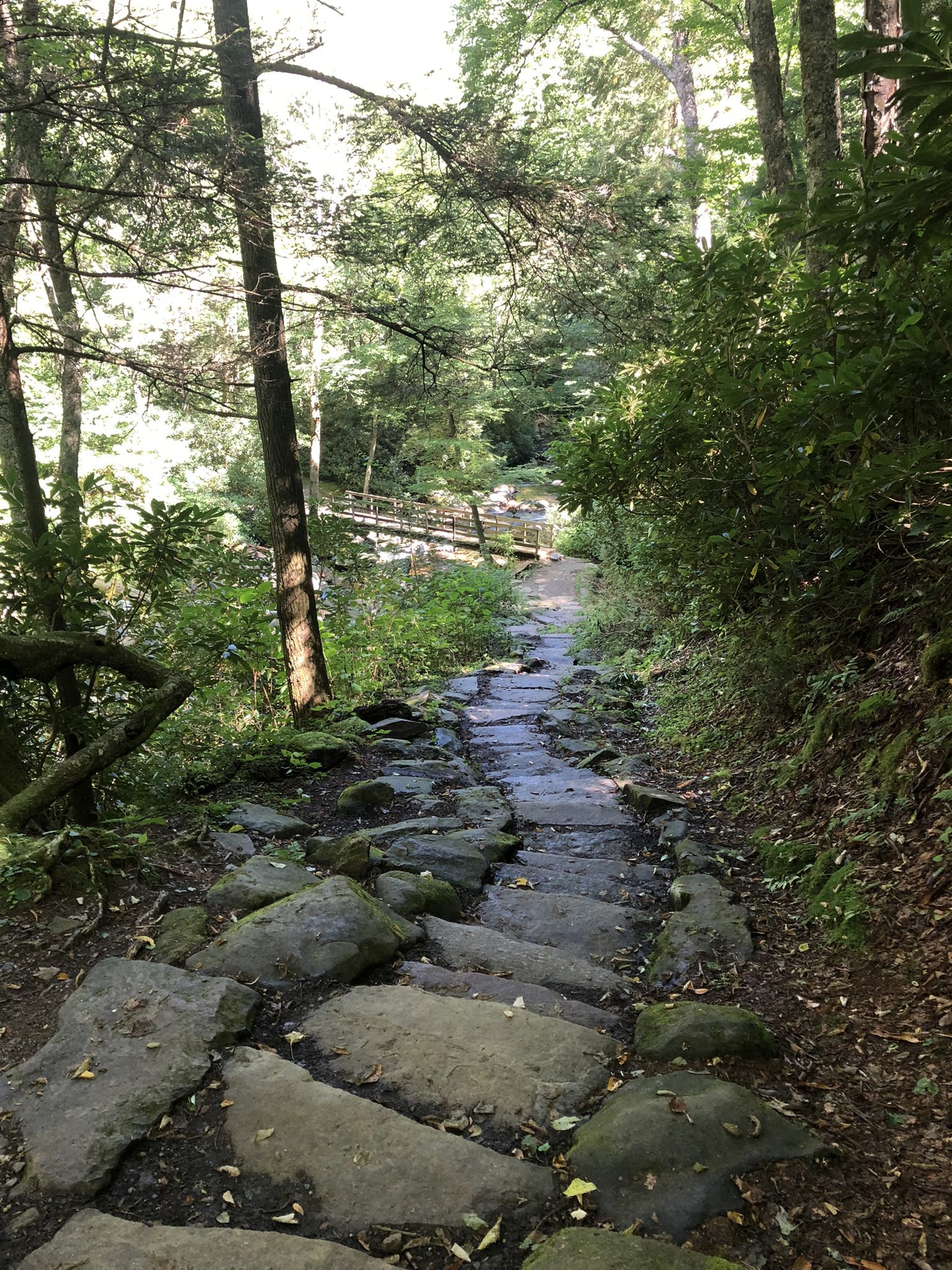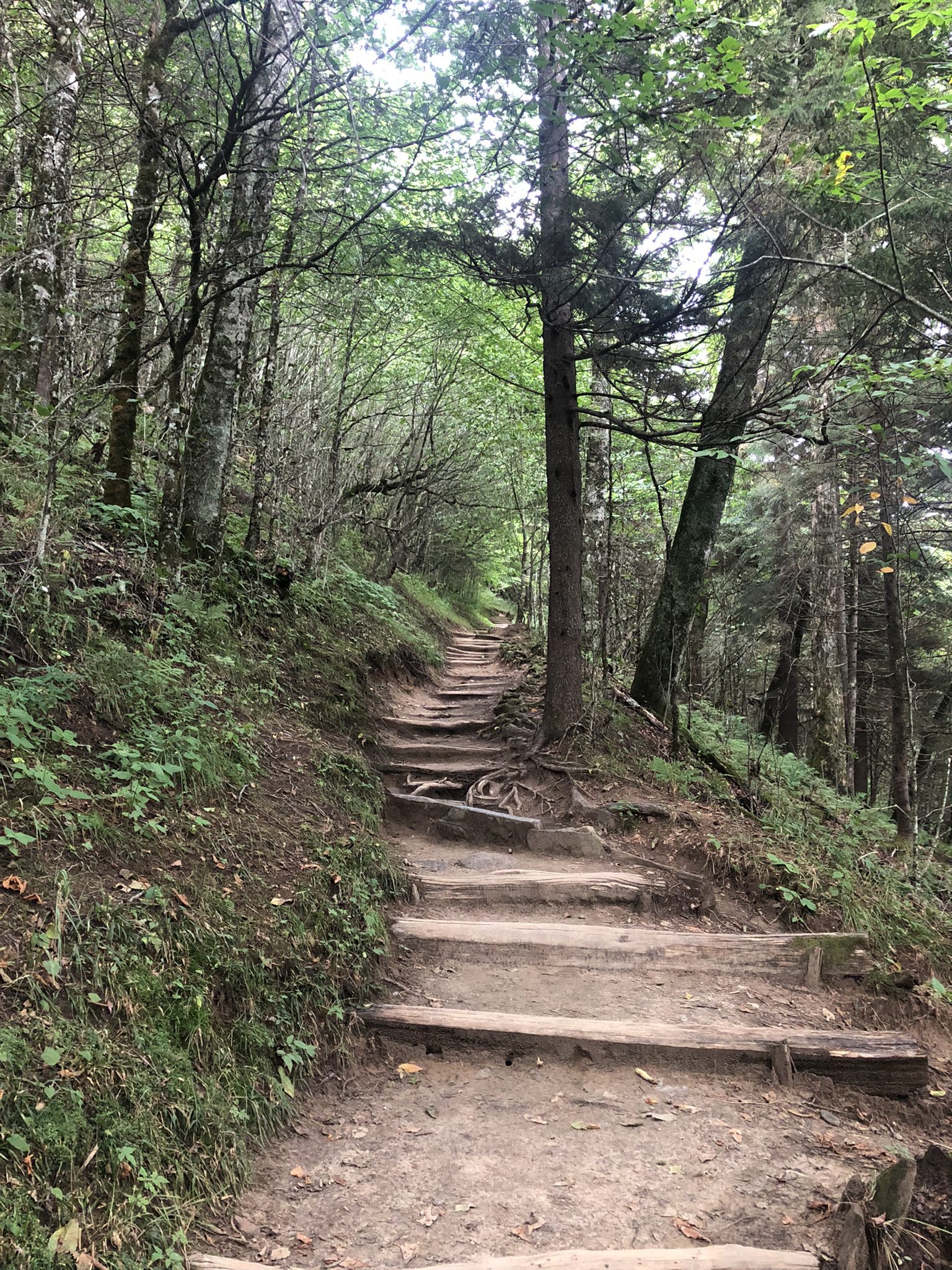Sequoia National Park Trails
Wild Wanderers Almanac
Sequoia National Park Trails
Sequoia National Park, located in California’s southern Sierra Nevada mountains, is a land of towering trees, rugged mountain landscapes, and breathtaking views. Here are some Sequoia National Park Trails.
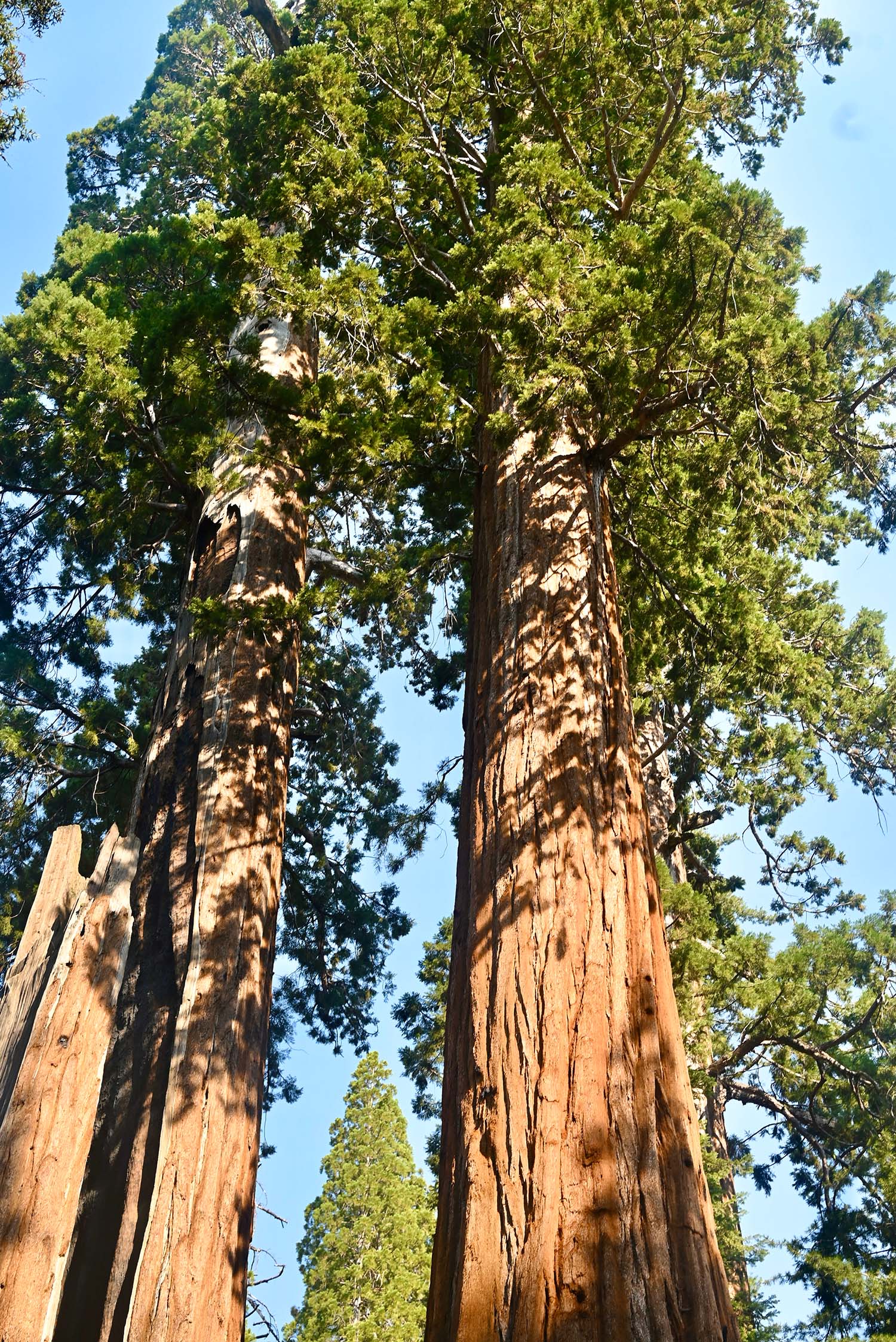
Sequoia National Park
Here’s a look at some Sequoia National Park Trails, where you can experience the park’s majestic beauty. It’s home to some of the largest trees on Earth, the giant sequoias, and offers a diverse range of hiking trails that suit every adventurer, from casual walkers to seasoned trekkers.
Exploring Sequoia National Park: Best Hiking Trails for Every Adventurer
Moro Rock Trail
- Distance: 0.5 miles (round trip)
- Difficulty: Moderate
- Elevation Gain: 300 feet
For a short but thrilling hike, the Moro Rock Trail is a must. This steep, stone stairway takes you to the top of a massive granite dome, offering panoramic views of the Sierra Nevada mountains and the valley below. While it’s only half a mile long, the stairs and elevation gain make it moderately challenging. The payoff is unbeatable—a bird’s-eye view of the park’s stunning natural beauty.
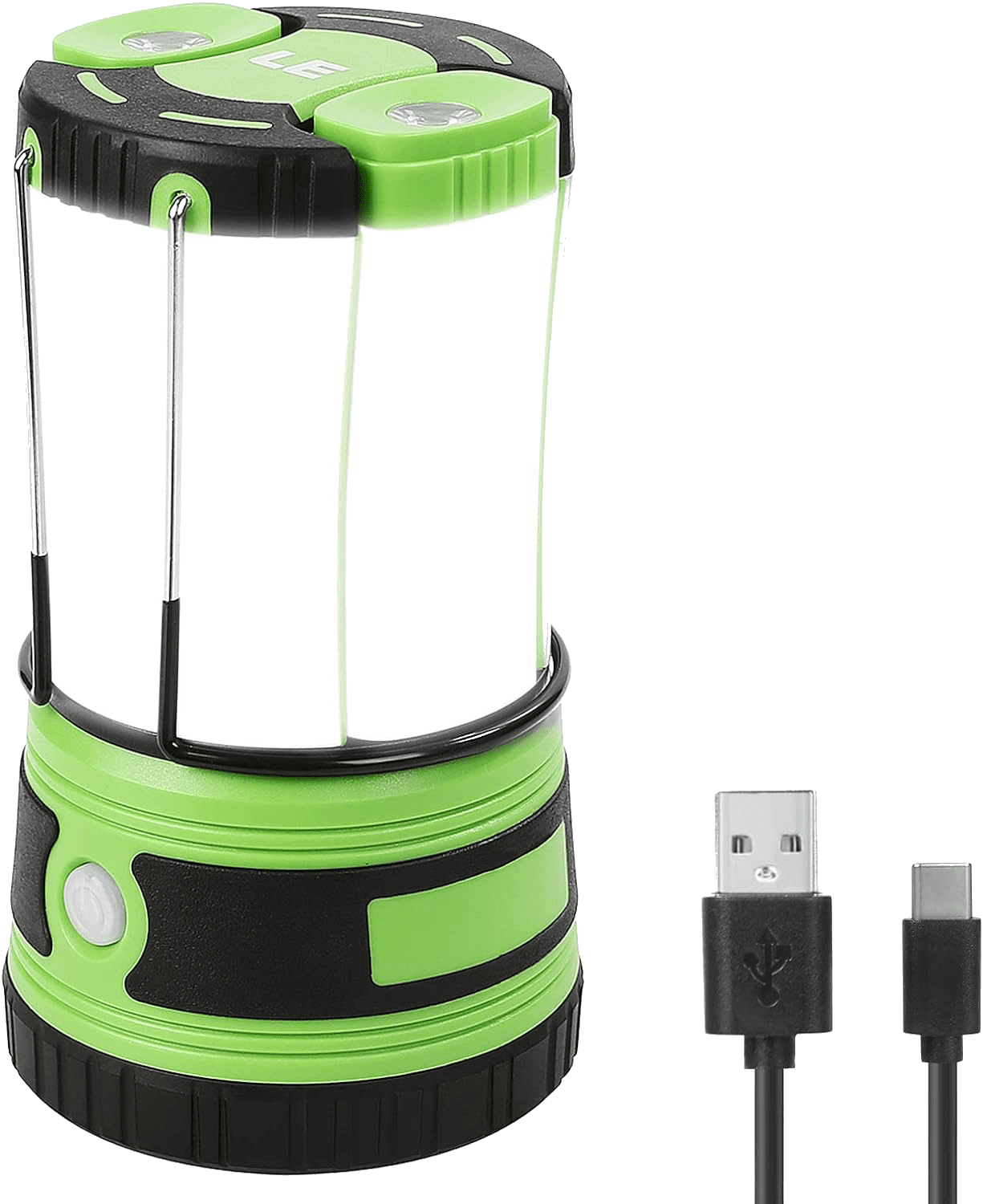
Congress Trail
- Distance: 2 miles (loop)
- Difficulty: Easy
If you want to get up close and personal with Sequoia’s towering giants, the Congress Trail is ideal. Starting near the General Sherman Tree (the world’s largest tree by volume), this gentle loop winds through a forest of ancient sequoias. Along the way, you’ll encounter iconic trees like the “President,” “Senate,” and “House” trees. It’s a peaceful and awe-inspiring hike that’s suitable for families and hikers of all levels.
Tokopah Falls Trail
- Distance: 4 miles (round trip)
- Difficulty: Easy to Moderate
- Elevation Gain: 600 feet
The Tokopah Falls Trail is a stunning riverside hike that leads to the 1,200-foot-high Tokopah Falls. The trail follows the Marble Fork of the Kaweah River, offering beautiful views of granite cliffs and forested valleys. The waterfall is at its most impressive in late spring and early summer when the snowmelt is at its peak. It’s an accessible hike that provides plenty of scenery without being too strenuous.
Alta Peak Trail
- Distance: 13.6 miles (round trip)
- Difficulty: Strenuous
- Elevation Gain: 4,500 feet
For those seeking a challenge, the Alta Peak Trail is one of the most rewarding hikes in Sequoia National Park. The trail climbs steadily through forests and alpine meadows before reaching the summit at 11,204 feet. From the top, you’ll be rewarded with sweeping views of the Great Western Divide and the surrounding wilderness. This hike is not for the faint of heart, but experienced hikers will find it an unforgettable adventure.
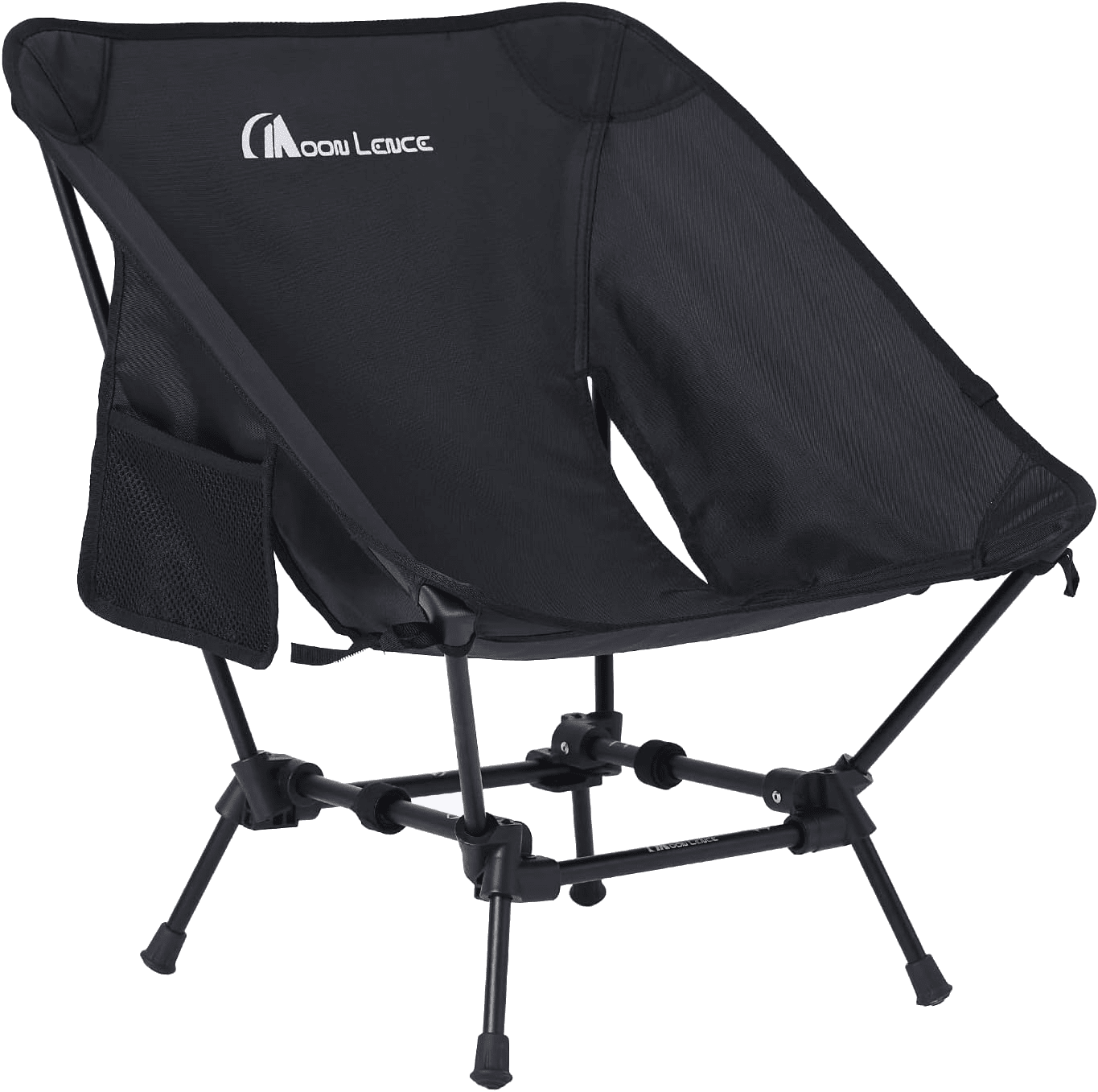
Lakes Trail to Pear Lake
- Distance: 12.4 miles (round trip)
- Difficulty: Moderate to Strenuous
- Elevation Gain: 2,700 feet
The Lakes Trail is a scenic trek that takes you past beautiful alpine lakes, culminating at the crystal-clear Pear Lake. Along the way, you’ll pass Heather Lake, Emerald Lake, and Aster Lake, each surrounded by rugged peaks. The trail offers a variety of landscapes, from lush forests to rocky terrain, and is perfect for those who want a longer day hike with rewarding views. It’s also a popular spot for overnight backpacking.
Big Trees Trail
- Distance: 1.2 miles (loop)
- Difficulty: Easy
For an easy, family-friendly hike, the Big Trees Trail is perfect. This short loop circles a serene meadow surrounded by giant sequoias. The trail features educational signs about the ecology of the sequoia groves and the importance of meadows in the park’s ecosystem. It’s a leisurely walk that provides an opportunity to appreciate the beauty of these ancient trees up close.
Tips for Hiking in Sequoia National Park:
- Plan ahead: Check trail conditions, especially in the spring and early summer when snow may still cover higher elevations.
- Stay hydrated: Carry plenty of water, especially on longer hikes.
- Be bear aware: Sequoia is home to black bears, so make sure to follow bear safety guidelines and store food properly.
- Dress in layers: Weather can change quickly in the mountains, so it’s important to be prepared for both warm days and chilly nights.
- Get a permit: For overnight trips, wilderness permits are required. Make sure to plan ahead if you’re looking to camp or backpack.

